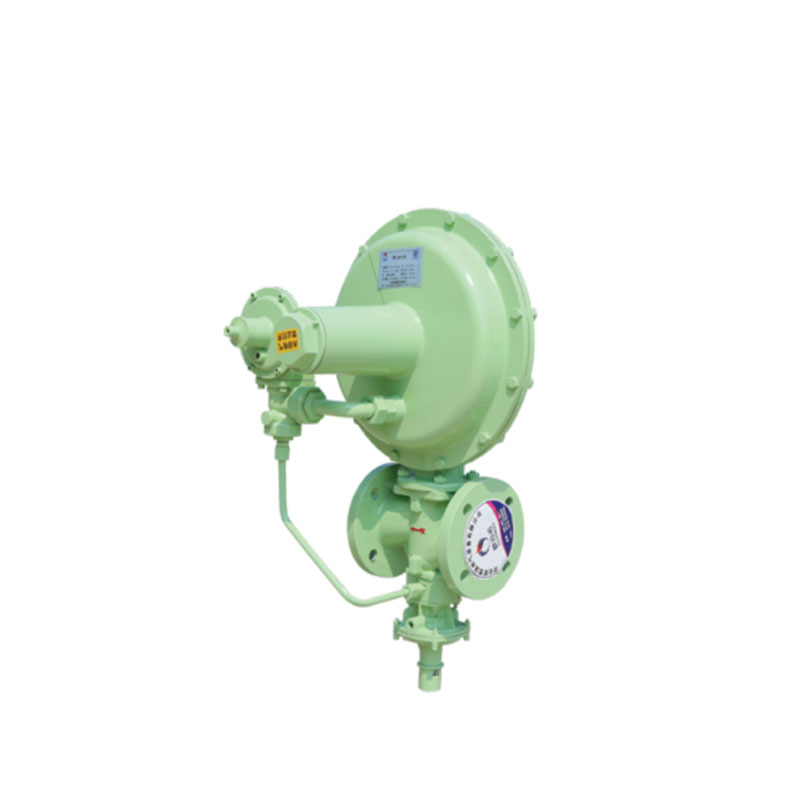
Oct . 10, 2024 00:38
Back to list
pressure regulating skid
Understanding Pressure Regulating Skids A Comprehensive Overview
Pressure regulating skids are essential components in various industrial applications, playing a vital role in managing and controlling pressure levels in fluid systems. These skids are pre-engineered and pre-fabricated units that combine all necessary components required for effective pressure regulation, including valves, regulators, flow meters, and instrumentation. They are designed to enhance safety, efficiency, and reliability in processes across industries such as oil and gas, water treatment, chemical processing, and more.
Key Components of Pressure Regulating Skids
1. Pressure Regulators The heart of any pressure regulating skid, these devices automatically adjust the pressure of a gas or liquid to a desired setpoint. They ensure that the downstream processes receive fluids at safe and optimal pressures, preventing fluctuations that could lead to equipment damage or process inefficiencies.
2. Valves Various types of valves are incorporated into the skids, including control valves and safety valves. Control valves manage the flow and pressure by modulating the fluid passage, while safety valves provide an essential fail-safe mechanism by relieving excess pressure to prevent catastrophic failures.
3. Flow Meters Accurate measurement of fluid flow is critical in many applications. Flow meters installed on pressure regulating skids allow operators to monitor liquid or gas flow rates, ensuring that the system operates within specified parameters.
4. Instrumentation and Control Systems Advanced instrumentation and control systems are integrated into skids to monitor pressures, temperatures, and flow rates, providing real-time data to operators. These systems can include PLCs (Programmable Logic Controllers) and HMI (Human Machine Interface) displays for effective process management.
Benefits of Using Pressure Regulating Skids
The use of pressure regulating skids offers numerous benefits
- Compact Design Skids are modular and compact, which allows for easy installation and transportation. This is particularly advantageous in locations where space is limited or in temporary setups.
pressure regulating skid

- Improved Safety By maintaining pressure within specified limits, skids significantly reduce the risk of accidents, leaks, and explosions, thereby ensuring a safer working environment
.- Cost-Effectiveness Pre-assembled skids minimize the need for on-site fabrication and installation, reducing labor costs and project completion times. Additionally, they can optimize system performance, leading to lower operational costs over time.
- Customizability Pressure regulating skids can be customized to meet the specific requirements of different processes, accommodating a wide range of fluids and pressure levels. This flexibility makes them suitable for varied applications across industries.
Applications of Pressure Regulating Skids
Pressure regulating skids are indispensable in numerous sectors
- Oil and Gas Industry They control gas pressure in pipeline systems and processing plants, ensuring safe transport and processing of hydrocarbons.
- Water Treatment In water treatment facilities, these skids regulate pressure in reverse osmosis systems, providing consistent pressure for effective filtration.
- Chemical Processing Inchemical plants, maintaining precise pressure is crucial for reactions to proceed safely and efficiently, making the use of these skids vital.
Conclusion
In conclusion, pressure regulating skids are critical elements in many industrial applications, enhancing efficiency, safety, and reliability. Their modular design, comprehensive capabilities, and adaptability to various processes make them a preferred choice among engineers and operators. As industries continue to prioritize safety and efficiency, pressure regulating skids will play an increasingly prominent role in managing fluid systems effectively.
Latest news
-
Safety Valve Spring-Loaded Design Overpressure ProtectionNewsJul.25,2025
-
Precision Voltage Regulator AC5 Accuracy Grade PerformanceNewsJul.25,2025
-
Natural Gas Pressure Regulating Skid Industrial Pipeline ApplicationsNewsJul.25,2025
-
Natural Gas Filter Stainless Steel Mesh Element DesignNewsJul.25,2025
-
Gas Pressure Regulator Valve Direct-Acting Spring-Loaded DesignNewsJul.25,2025
-
Decompression Equipment Multi-Stage Heat Exchange System DesignNewsJul.25,2025

